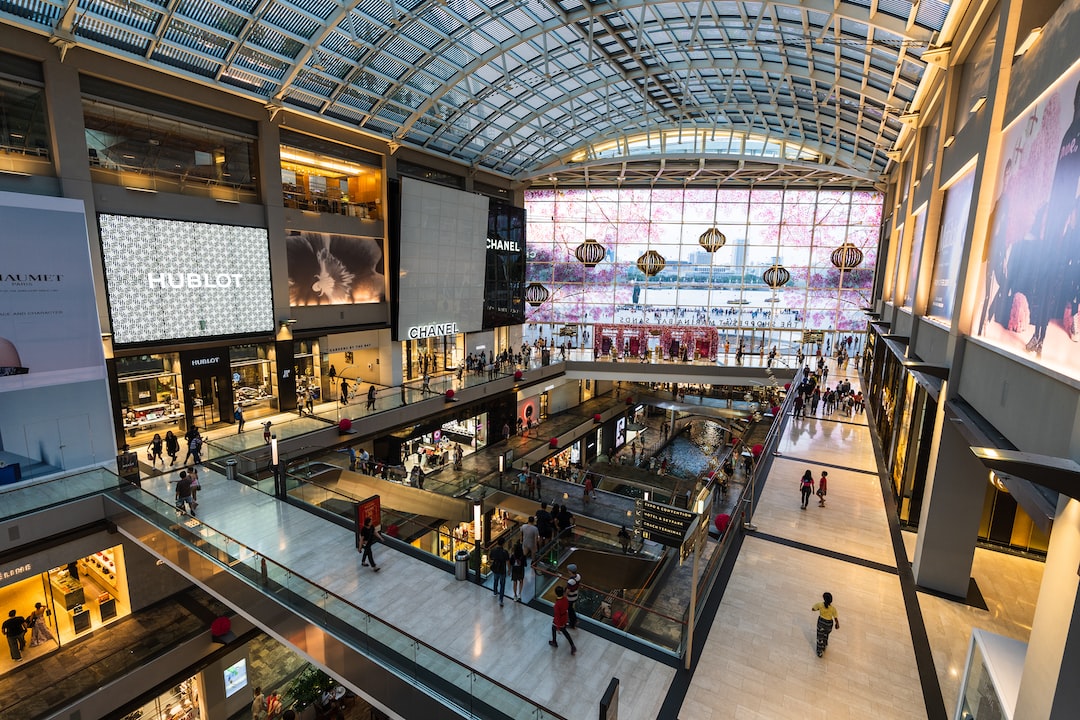The Rise of Online Shopping: What it Means for Retailers
In recent years, we have witnessed a dramatic shift in consumer behavior with the rise of online shopping. This trend has posed significant challenges for traditional brick-and-mortar retailers and has raised questions about their future viability in a rapidly changing retail landscape. In this blog post, we will explore the reasons behind the surge in online shopping and discuss what it means for retailers.
One of the key drivers behind the growing popularity of online shopping is convenience. With just a few clicks, consumers can browse an extensive range of products from the comfort of their own homes. Gone are the days of battling through crowded malls, searching for parking spaces, and waiting in long checkout lines. Instead, consumers can conveniently shop anytime, anywhere, making online shopping an appealing option for those with busy lifestyles.
Another advantage of online shopping is the abundance of information available to consumers. With a few searches, shoppers can compare prices, read reviews, and gather detailed product specifications. This transparency empowers consumers to make more informed purchasing decisions, often favoring the online shopping experience. Retailers, therefore, need to adapt and ensure they provide accurate and comprehensive product information to stay competitive.
Additionally, the rise of online shopping has expanded the reach of retailers. With e-commerce, retailers are no longer limited to geographical boundaries or the constraints of physical store locations. Online platforms provide a global marketplace, allowing retailers to reach customers from all over the world. This increased accessibility opens up opportunities for smaller businesses to compete with larger retailers and for retailers to diversify their customer base.
However, while online shopping presents opportunities, it also brings significant challenges for traditional retailers. With the convenience and availability of online platforms, consumers may find little incentive to visit physical stores. As a result, retailers need to carefully consider how to enhance the in-store shopping experience to attract and retain customers. This might involve creating immersive environments, providing personalized customer service, and incorporating technology to ensure a seamless integration between online and offline channels.
Moreover, retailers need to leverage technology in order to remain competitive in the digital age. This can involve the use of data analytics to better understand customer preferences, optimizing website and mobile experiences for smoother transactions, and embracing emerging technologies such as augmented reality and virtual reality to enhance the online shopping experience.
In conclusion, the rise of online shopping has significantly impacted the retail industry. It offers convenience, ample information, and increased accessibility for consumers, while posing challenges for traditional retailers. However, by embracing technology, prioritizing customer experience, and adapting their business models, retailers can successfully navigate this changing landscape and find new ways to thrive in the digital age.

